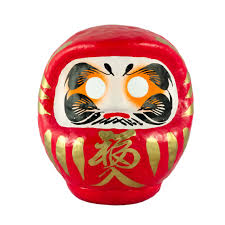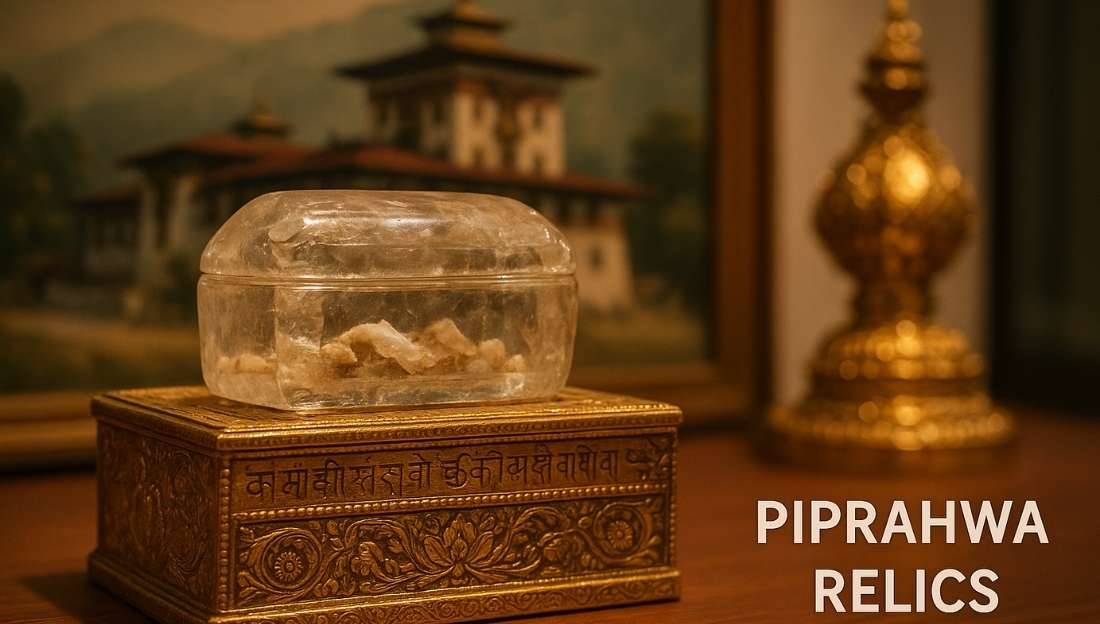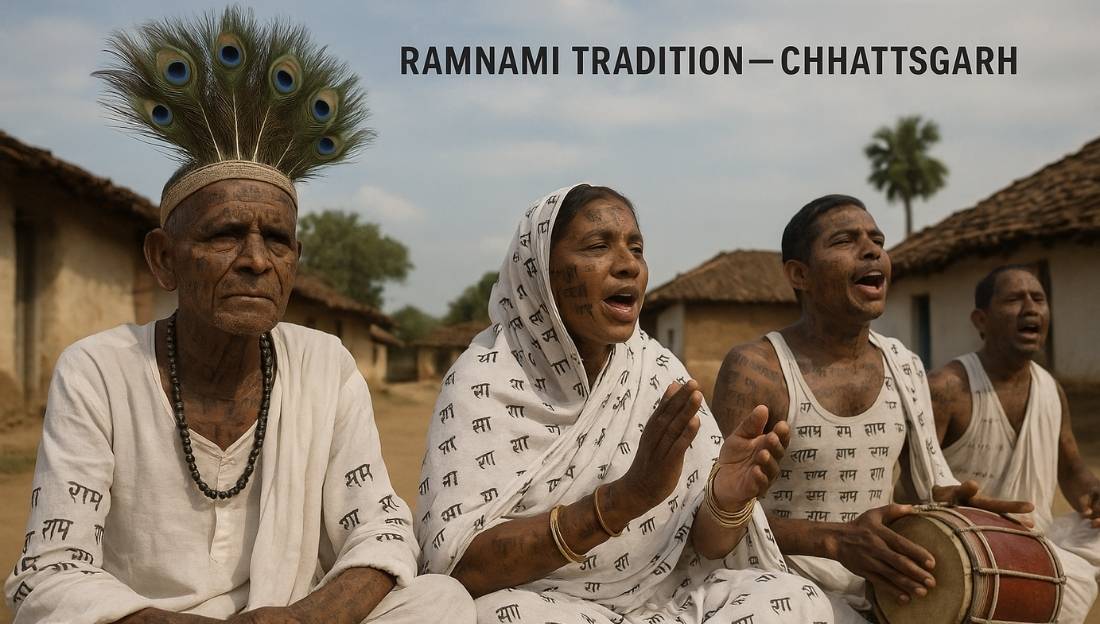During his recent visit to Japan, the Indian Prime Minister was presented a Daruma Doll by the chief priest of the Shorinzan Daruma-Ji Temple, highlighting Indo-Japanese cultural linkages.
About Daruma Doll
- Origin – First crafted in Takasaki City, Gunma Prefecture, and closely linked to Shorinzan Daruma-ji Temple, the cultural hub of Daruma worship.
- Material & Shape – Traditionally made of papier-mâché, round, hollow, and weighted at the base, without limbs.
- Colours & Meanings –
- Red – Prosperity & good luck
- White – Love & harmony
- Gold – Wealth & success
- Green – Health & vitality

Symbolism
- Embodies the Japanese proverb – “Nana korobi ya oki” (fall seven times, rise eight), signifying resilience and determination.
- Represents perseverance in the face of adversity.
- Inspired by Bodhidharma, the Indian monk from Kancheepuram, founder of Zen Buddhism, revered in Japan as Daruma Daishi.
Cultural Practices
- Used as a goal-setting talisman: one eye is filled when a goal is set, the other after its achievement.
- Widely placed in homes, offices, and temples as a charm for success.
Conclusion:
The Daruma Doll stands as a symbol of Indo-Japanese spiritual ties, reflecting resilience, perseverance, and hope. It continues to inspire individuals and communities worldwide as a cultural emblem of determination.





